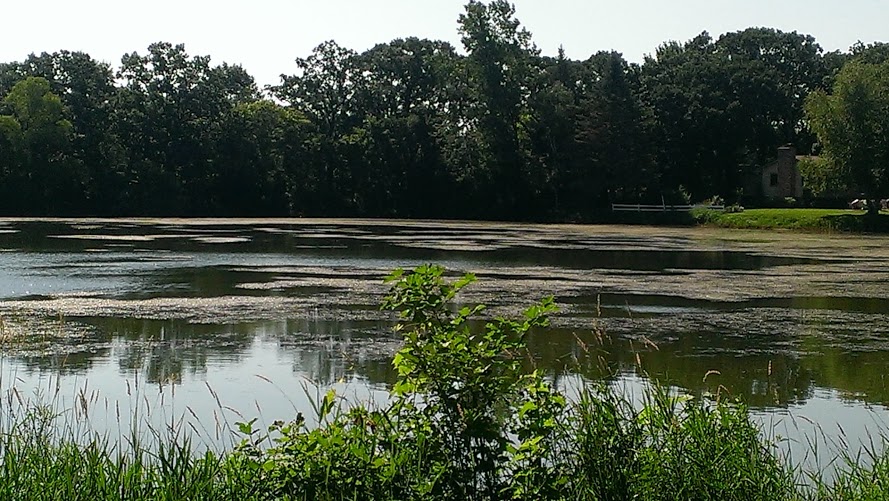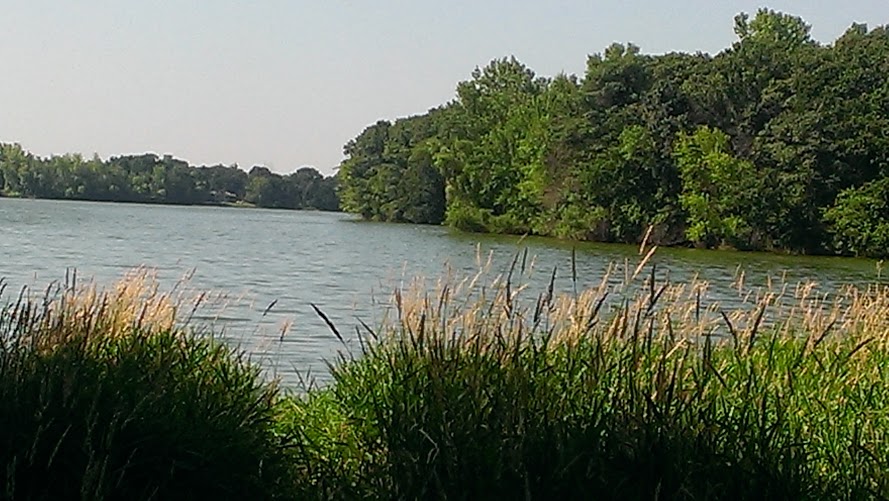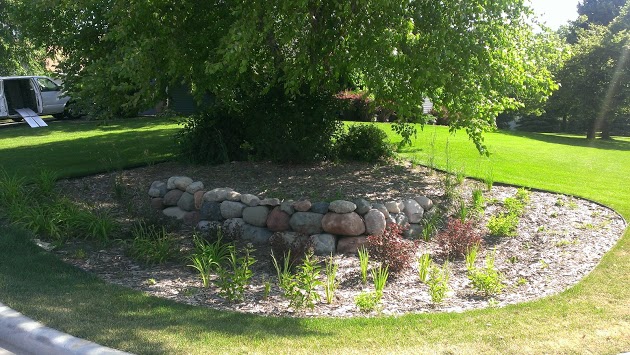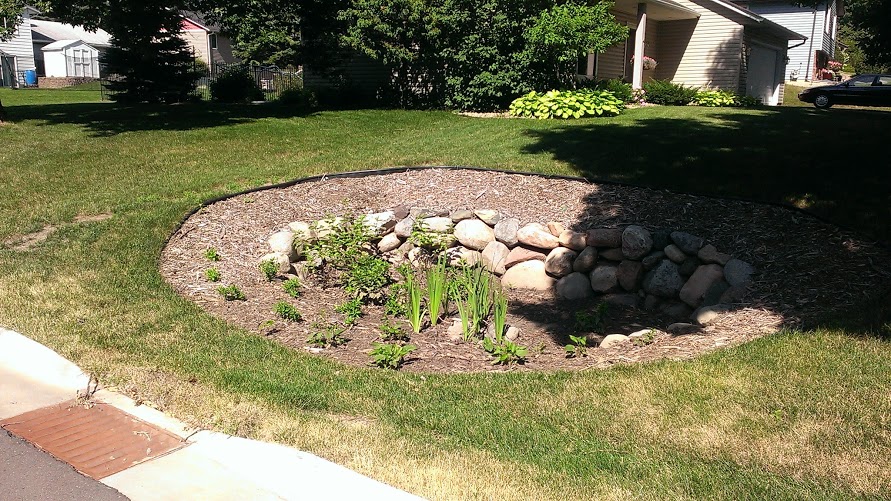“This is crazy,” the man said as he and a colleague looked at the open pit in our front yard last week before turning to my wife. “I hope you like West Nile Virus,” he said.
He was there to move the utility lines that stood in the way of one of 26 fascinating experiments underway in Woodbury, thanks to the Legacy Amendment money to protect clean water. The last of the rain gardens should be completed this week or next.
The Washington County Conservation District is in charge of the project which started last year when area roads were resurfaced, providing an opportunity to protect nearby Colby Lake, a long, shallow, and terribly abused lake.
It sits across from a golf course and is abutted on one side by million-dollar homes with perfectly manicured lawns. Our side sits on a hill, dotted by starter homes, owned by some people who think there’s nothing wrong with the grass that another bag of chemicals won’t fix.
And therein lies the threat. Chemicals — phosphorus mostly — and road run-off are running down the hill and into the lake, contributing to a cocktail of pollutants that have given the lake its typical July green hue.
Colby’s one of only three Washington County lakes with a failing grade in water quality (tested in 2008). It comes up “very green” on most Minnesota Pollution Control Agency quality measures, where being green is not a good thing.
The district asked for volunteers in the neighborhood to give up part of their lawns for the rain gardens, which, by design, filter the runoff before it goes directly into the lake or gets there via groundwater.
For the neighborhoods, the jury is still out. Some of the rain gardens planted last year look fabulous; others are mud pits. This morning, for example, some of the District workers were pumping out the standing water from one, trying to figure out why it’s not draining.

The district pays for construction of the rain gardens. The homeowners do the plantings, which the district furnishes. Workers will weed the gardens for a couple of years and then the homeowners are on their own.
It’ll take awhile to see if the project pays off. The DNR has also stocked the lake with catfish to try to eliminate the bullheads and the city is aerating the lake in the winter to eliminate the annual fish kill. The golf course runoff is being cleaned and recycled.
The rain garden project has already provided an educational success — it’s getting people to wonder what they are and why they’re necessary. That might help people reconsider their fertilizer addiction, though it’s a suburban culture that might need more than a few holes in the ground to bury forever.





